Application
AI and quantum machine learning techniques for quantum process identification
Quantum Information and Quantum Optics
Group Description:
The Quantum Information and Quantum Optics groups in the Physics department of the UAB have been working for years on topics related to the use of AI and machine learning for the optimization of quantum resources and to address some of the open questions in high-energy physics and condensed matter physics. On the group’s website, you can find more than 400 scientific publications in the field of quantum information, several of which focus on using AI and machine learning to understand quantum systems better. This includes methods for certifying and verifying quantum states. This experience is crucial for discerning whether what is generated on a quantum computer is indeed the state we want to study and not one that has been generated in error.
Activity description:
The goal of this task is to study the frontier between quantum algorithms and artificial intelligence and their application to the improvement of specifically quantum tasks. In particular, the following aspects will be addressed:
- Classification of quantum states from experimental data.
- Discrimination of quantum maps or processes using AI techniques.
- Certification and verification of quantum resources through quantum learning.
- Development of algorithms useful for high-energy physics and their evaluation on various quantum and classical platforms.
Results
Coming Soon




